Just Another Day (and Night) in Arizona
A Summer Camping Trip and a Meteor Shower - Issue #53
As we sat in our campground overlooking the canyon, surrounded by pinyon pines and juniper, prickly pear cacti in bloom, and tiny wildflowers I identified as Zuni fleabane, we felt at peace. All the bad news, all the terrible things happening in the human world, seemed distant, like in another world.
All we heard was the wind in the pinyon-juniper woodlands and an occasional birdcall. After listening to several species of birds, I was compelled to open the Merlin app to help me identify them. Technology is not all bad; having signal in the middle of nowhere (even if spotted) can be a good thing.
I learned that we were surrounded by mountain chickadees, spotted towhees, northern flickers, and juniper titmice (or titmouses - the plural form of this word is debatable, since the mouse doesn’t derive from the name of the rodent, but from an old word for small birds, mase). A titmouse perched up on a branch in the juniper near our tent long enough for me to watch it (though not to take a photo of it); I love its cute tuft feathers on its head.
A sudden buzz and the brush of wind created by fast-moving tiny wings startled me. It was a hummingbird, flying so close to my head, it almost touched me.
A raven flew over us, riding the wind on huge outstretched wings. He emitted a single caw as he looked down at us, as if to say hello. Seconds later, another followed him, and soon, a third one. I felt they were checking us out, wondering who they were sharing the space with. Maybe assessing the potential for extra food.
We were the only campers at the 17-site primitive campground. When we arrived, we wandered through the quiet campground, exploring each site, before settling on our old favorite, the one we always feel has the best view. Two others were contenders, but neither had that perfect combination of great view, mature pinyons and junipers, the picnic table set up in the shade of a large juniper, and a large enough flat surface for our tent.
As the sun was setting, we heard a lone car driving up onto the dirt road leading to the campground. A silver Subaru drove through, then parked at a site closer to the entrance, the one that would’ve been our second choice.
After their engine stopped, the quiet returned.
The setting sun illuminated the canyon below, its orange-red walls showing off their colors brighter and brighter every minute.
The yellow and orange flowers of the prickly-pear near our tent closed for the night.
The birds quieted.
We felt a chill in the air as the sun set and the stars came out, one by one.
They shone brighter on the moonless night. We noticed so many of them, we had trouble finding the constellations.
Looking for constellations I’d recognize, I saw a shooting star, a meteor. I thought nothing of it, since seeing one doesn’t mean much more than you are watching a dark sky filled with stars, planets, and all sorts of planetary debris (including the ever-moving satellites we litter space with to help us keep in touch even from the most remote areas).
Soon, both Jeff and I noticed a much brighter meteor, then another, more faded one. It finally dawned on me that we might be camping during a meteor shower. And, thanks to those pesky satellites, I could pull out my phone and look it up.
I found out it was the Bootid meteor shower.
“Of course, it originates from the Bootes constellation,” said Jeff, as he pointed out the constellation.
So we kept watching and noticed a few more. I counted six altogether. Which was extremely lucky, considering the Bootids are a class III meteor shower, with strong activity on rare occasions. Most of the time, they produce one meteor per night, according to the American Meteor Society.
True to its nature, the second night, when we watched for its members, no meteor of the Bootids showed up in our field of vision.
Bundled up against the nighttime high-desert cold, we kept watching the gorgeous night sky as the Milky Way (the Celestial Monster of the ancient Maya, the Road of Warriors of my ancestors) rose above our heads.
Dear Reader,
For the past two nights, we’ve been camping at one of our favorite spots in Arizona, in the Four Corners region. I won’t disclose the actual place, because it is still unspoiled by tourists, by too many visitors. It is a National Monument, with some of the darkest skies I’ve ever seen, though it is not officially a dark sky place.
Now that I gave you the riddle, please do not comment with its name if you recognize it - keep it from getting known (just in case my posts ever get popular).
The next day, after our morning coffee at the campsite (we need to stay caffeinated even when camping), we set off to wander through the area, revisit sites we knew well, and walk along trails showcasing some of the best of the Four Corners.
We met the fellow campers on the trail and realized they were German. Besides them and us, no other human walked the trail between the campsite and the rest of the National Monument.
Instead, we saw plenty of lizards of several sizes and colors, and kangaroo rats running across the trail.
Pinyon pines of different shapes and sizes, with gnarly branches growing in all directions, junipers, several bushes, including roundleaf buffaloberry, rabbitbrush, and serviceberry, wildflowers like Indian paintbrush and Zuni fleabane, and prickly pear cacti with bright yellow or orange blooms, flanked the trail as we walked along the edge of the canyon.

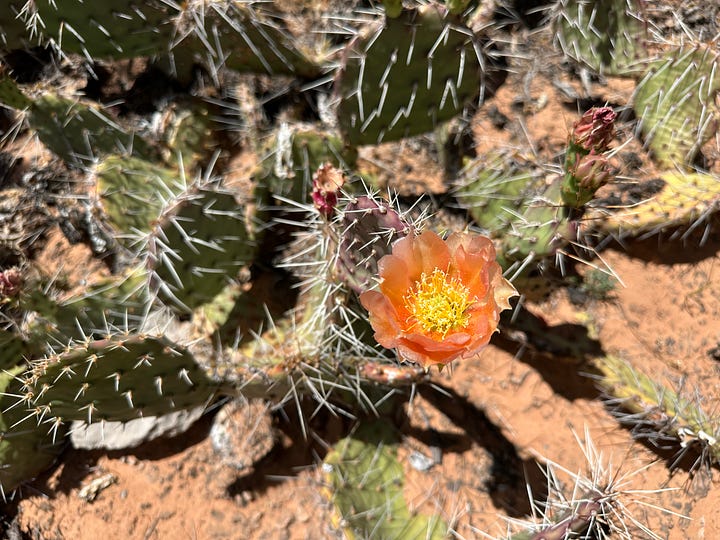
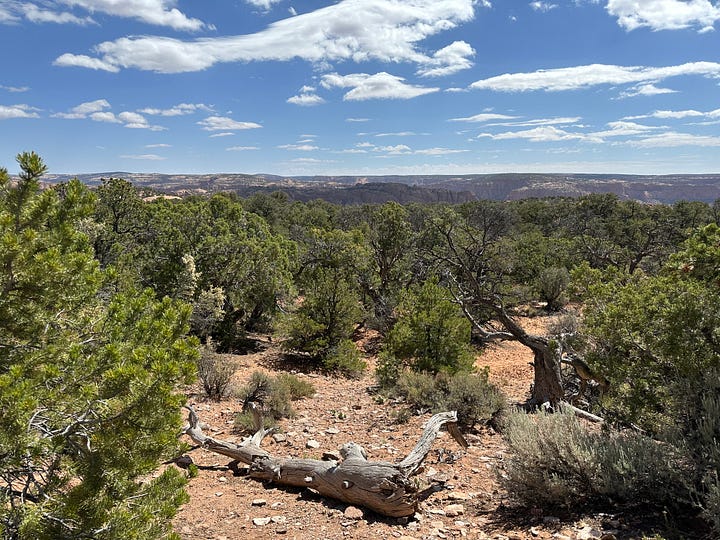
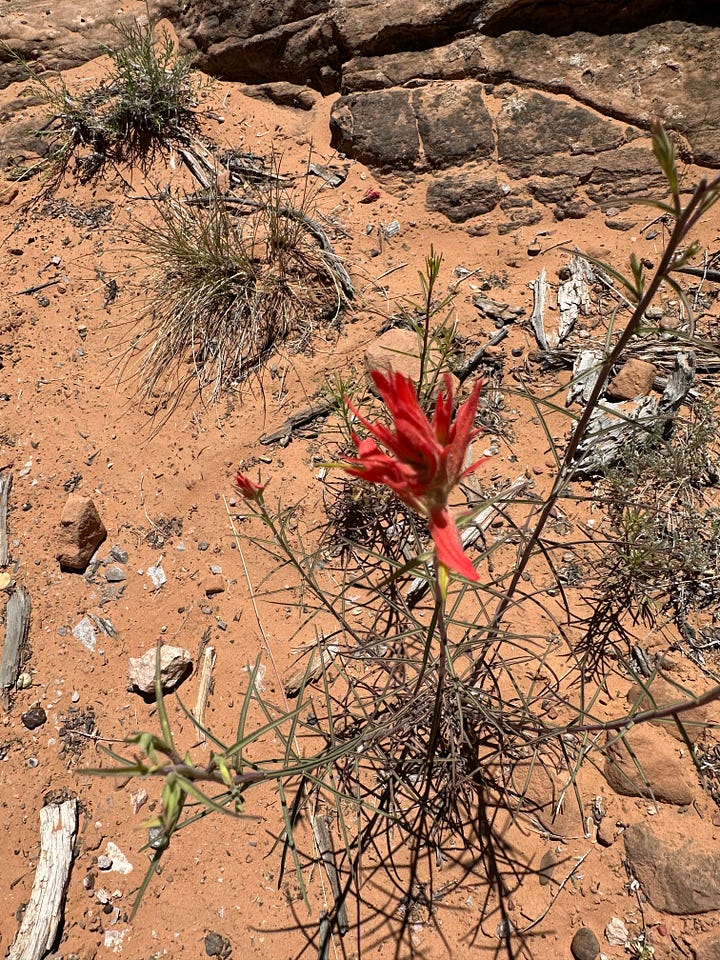
Bird calls followed us as we marveled at the gorgeous morning views of the canyon system reaching far into the distance.
From the Visitor Center, we followed the more traveled trail to the overlook of the ancient ruins of Talastima, where the Hisatsinom lived between 1250 and 1286 AD, growing corn, beans, and squash, and making intricate pottery.
Ancestors of the present-day Hopi, they left behind signs of their clans, like the Fire Clan, the Deer Clan, the Flute Clan, and the Water Clan. Several clans of the Zuni also started there.
The San Juan Southern Paiute lived near the ancient cliff dwellings in later years, and later yet, the Diné (also known as Navajo) moved into the surroundings, where they still live.
After spending time at the overlook, reminiscing about the time we took a tour to visit Talastima thirty years ago, we made our way back.
Though it was almost noon, as we passed the steep Aspen Trail leading 300 feet below the rim, we turned off into it. After all, it was less than a mile round-trip.
Though we met others at the overlook, we were alone on the aspen trail. A slight breeze made the midday heat bearable, as we descended along steep stairs and even steeper switchbacks.
We watched the environment change, from the pygmy forest of pinyon-juniper to include tall Douglas firs, Gambel oak, and greener ground cover.
We walked along tall orange sandstone cliffs, noticing their unique formations and their fragility, as we knew they turned into the orange sand we were walking on.
At the end of the trail, an overlook offered a closer view of the canyon, showcasing an aspen forest at the bottom, flanked by orange cliffs.
Since it wasn’t extremely hot, we forgot that we were still in the desert, a high desert at over 7,000 feet. With no sunscreen on. Desert dwellers for over three decades, we should’ve known better. At least we wore hats and carried water.
Still, I turned into a bright red tomato by the time we got back to the campsite. Though I still suffer from the sunburn, I am happy we walked the trail, and we spent so much time outdoors.
Back at the campsite, we made dinner - sandwiches, since it is a high fire hazard in and around the Four Corners - and watched the sun set once again, illuminating the orange-red sandstone cliffs of the far side of the canyon.
No matter where you are in the world, I hope you have a special outdoor place you visit often, where you spend time either camping, hiking, or just wandering.
Nature grounds us. Outdoor places ground us. They have a way to lift our spirits, to make us feel good, even on our worst days. They help us appreciate our place in a larger setting, our connections to all living things around us.
Enjoy time in nature, be it a forest, meadow, waterway, lake, beach, or desert.
Wishing you all the best! Until next time,
Emese
Experience our world! Love it! Protect it!
If you liked this post, you might enjoy these, too:
About Letters from a Wanderer
Letters from a Wanderer is a reader-supported publication, bringing you weekly posts about travel and places, with special focus on nature and archaeological/historical sites. Besides traveling to the places I write about, I research their history and interesting facts about them, resulting in more in-depth descriptions.
Thank you for reading!
***No part of this post (and publication), including text and images, was created by or with the help of AI. Besides the writing, photos are also all my own, taken by me or a member of my family.





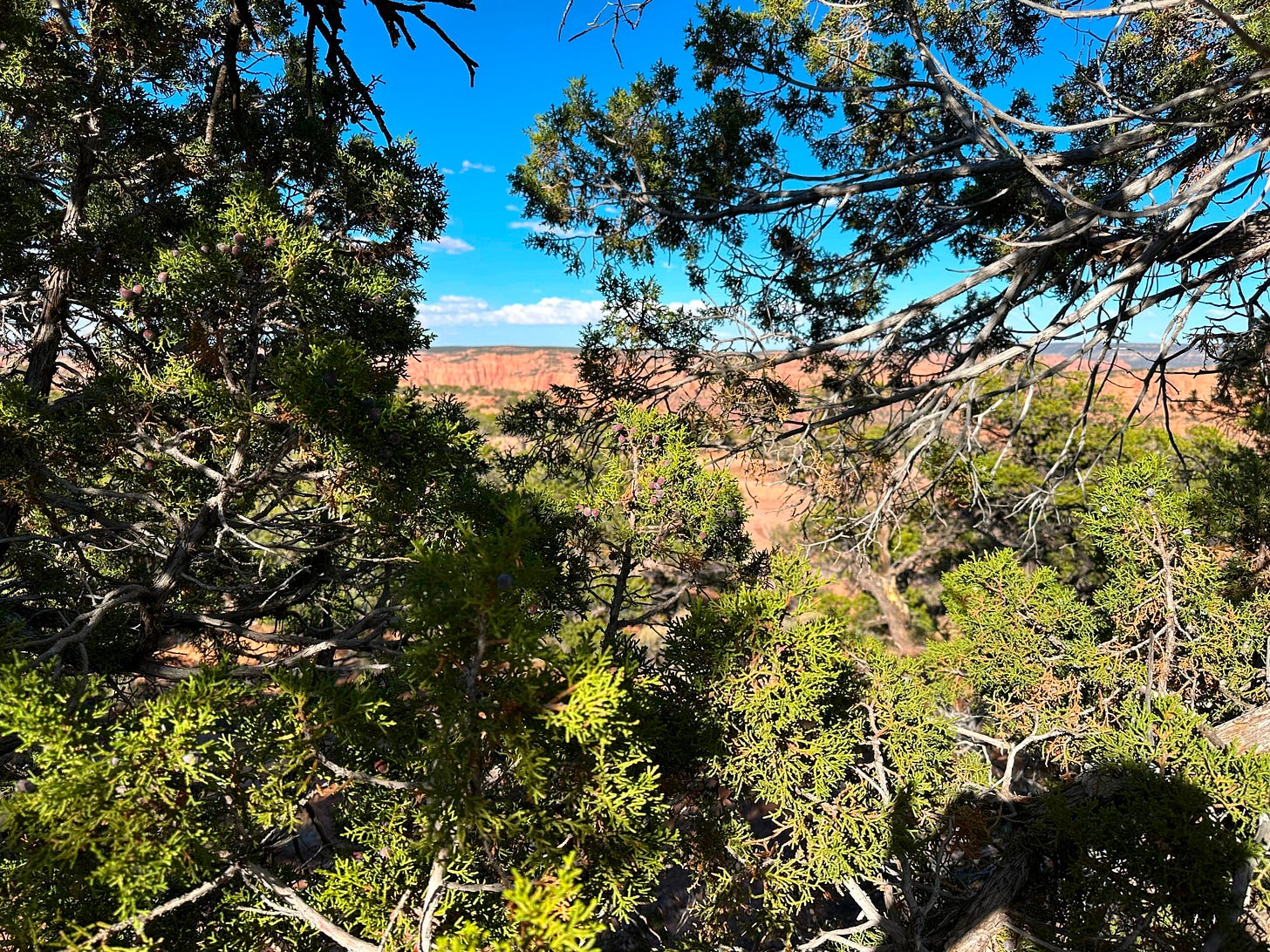
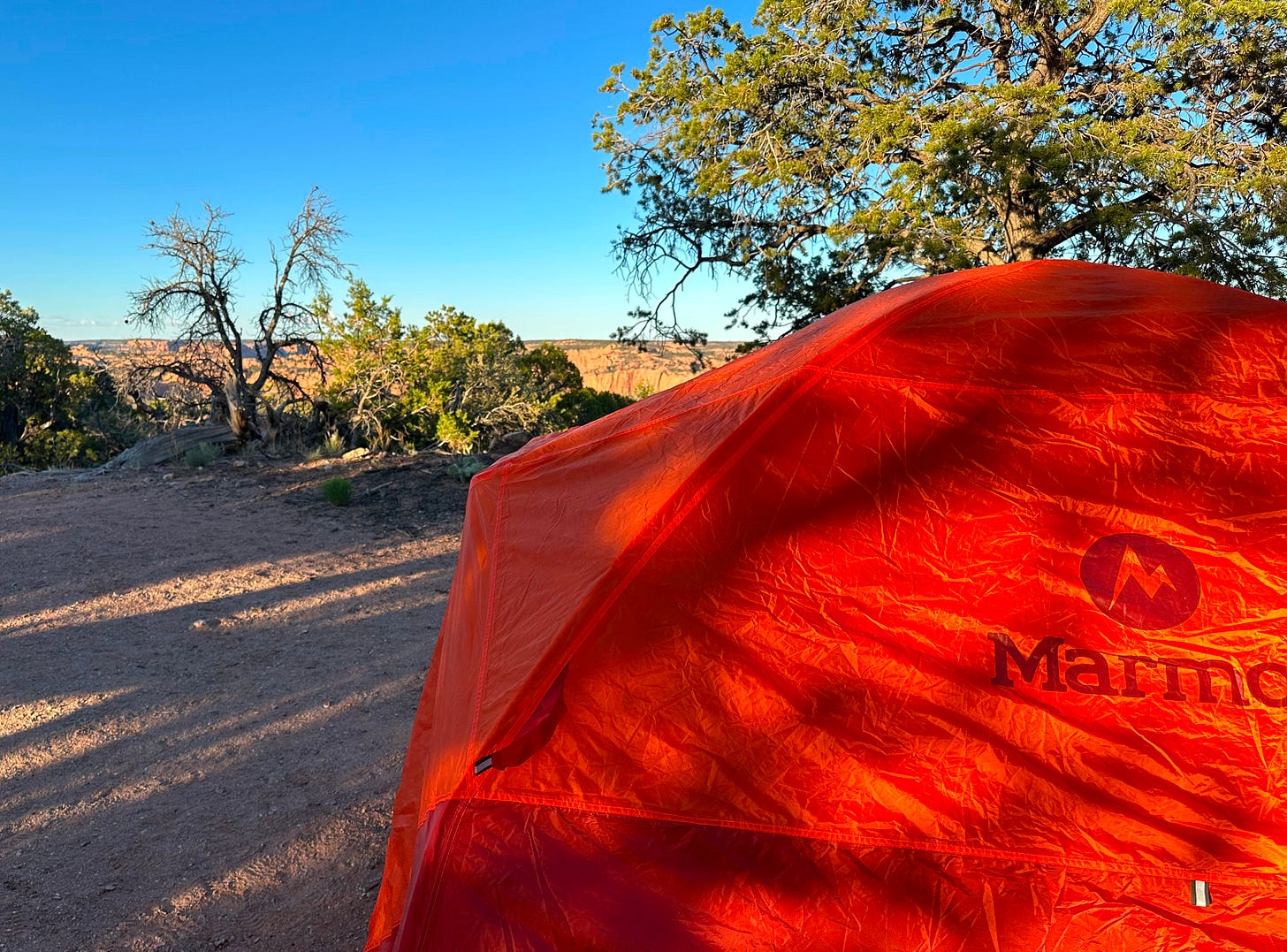
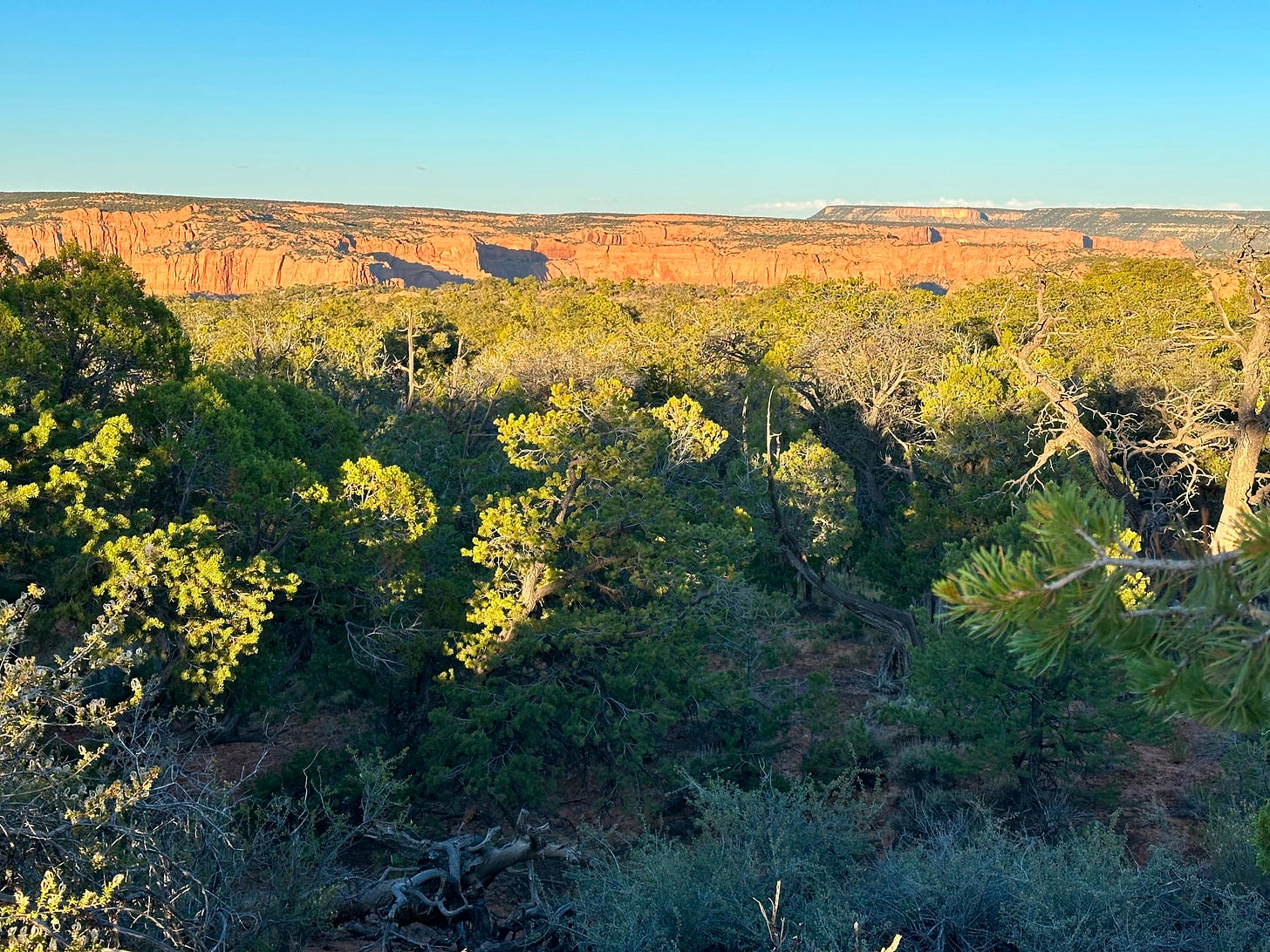
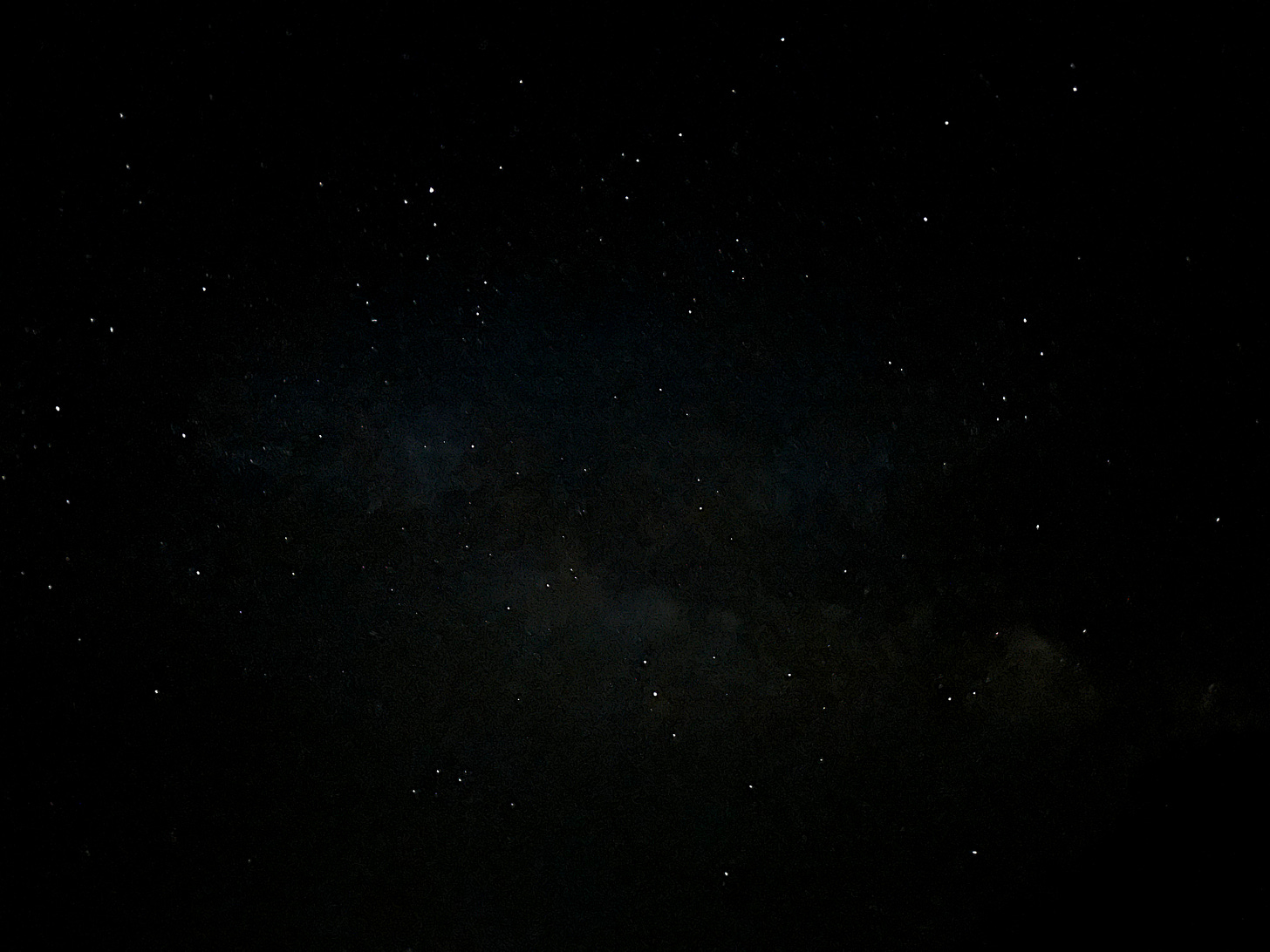
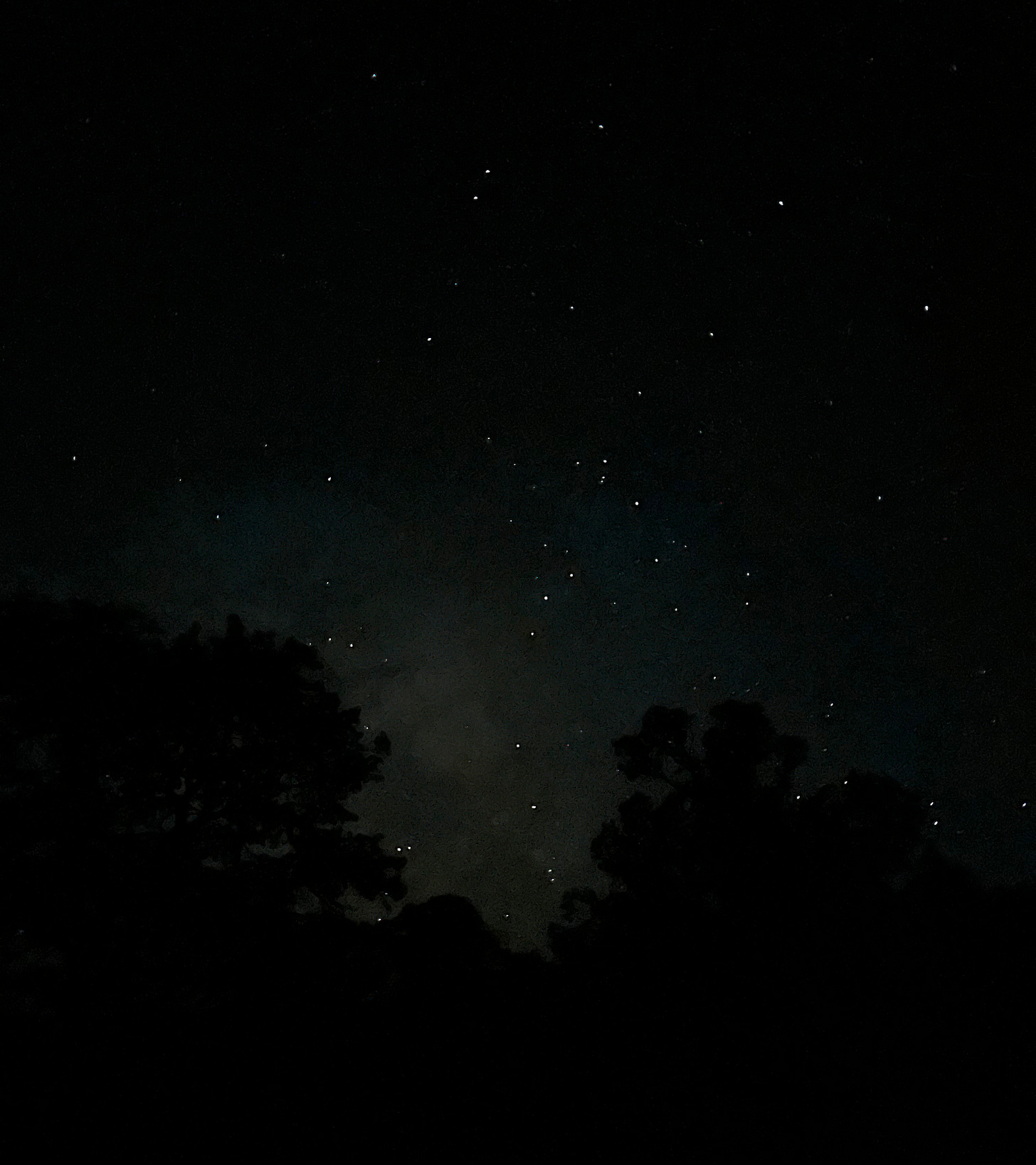
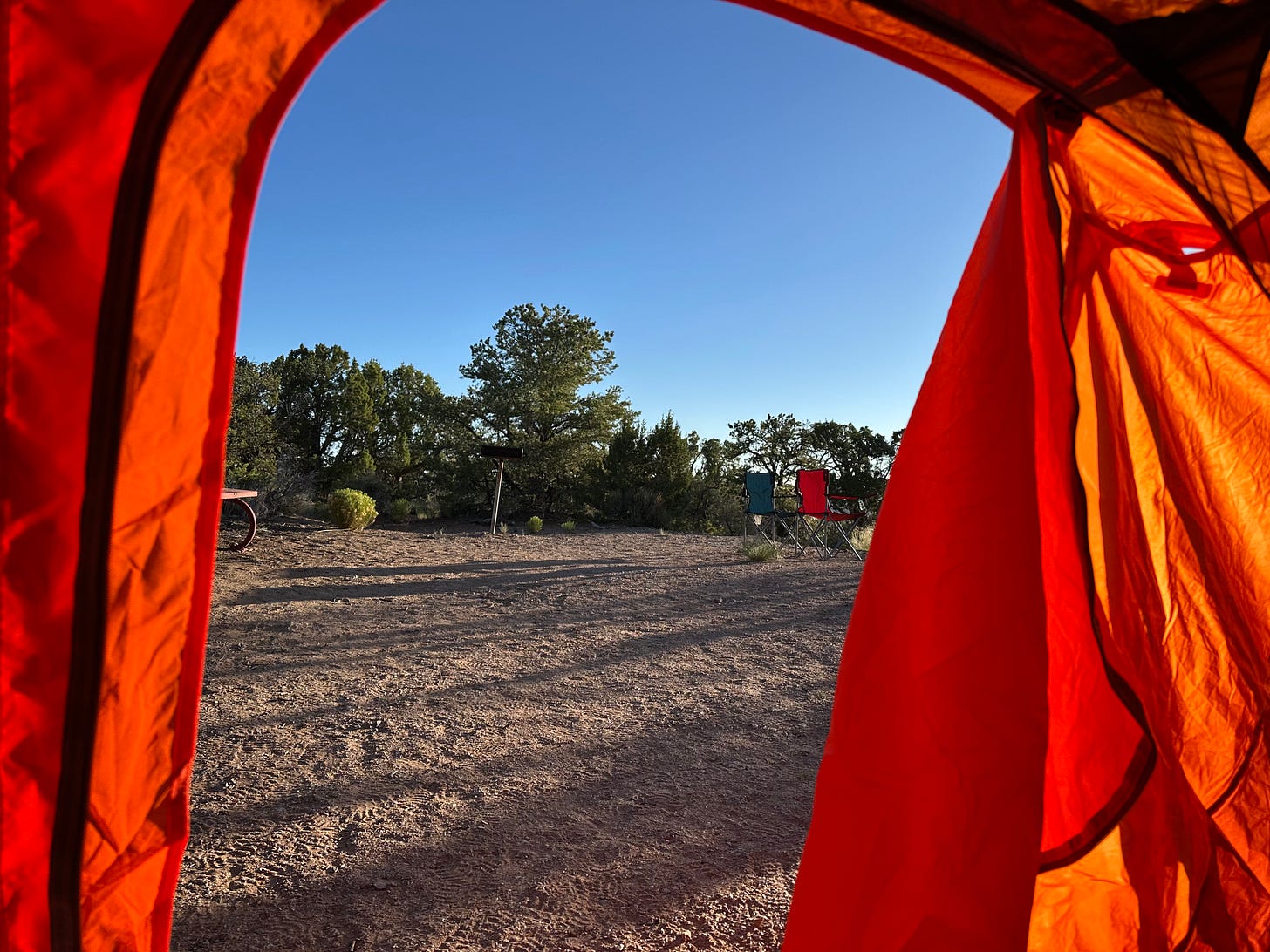
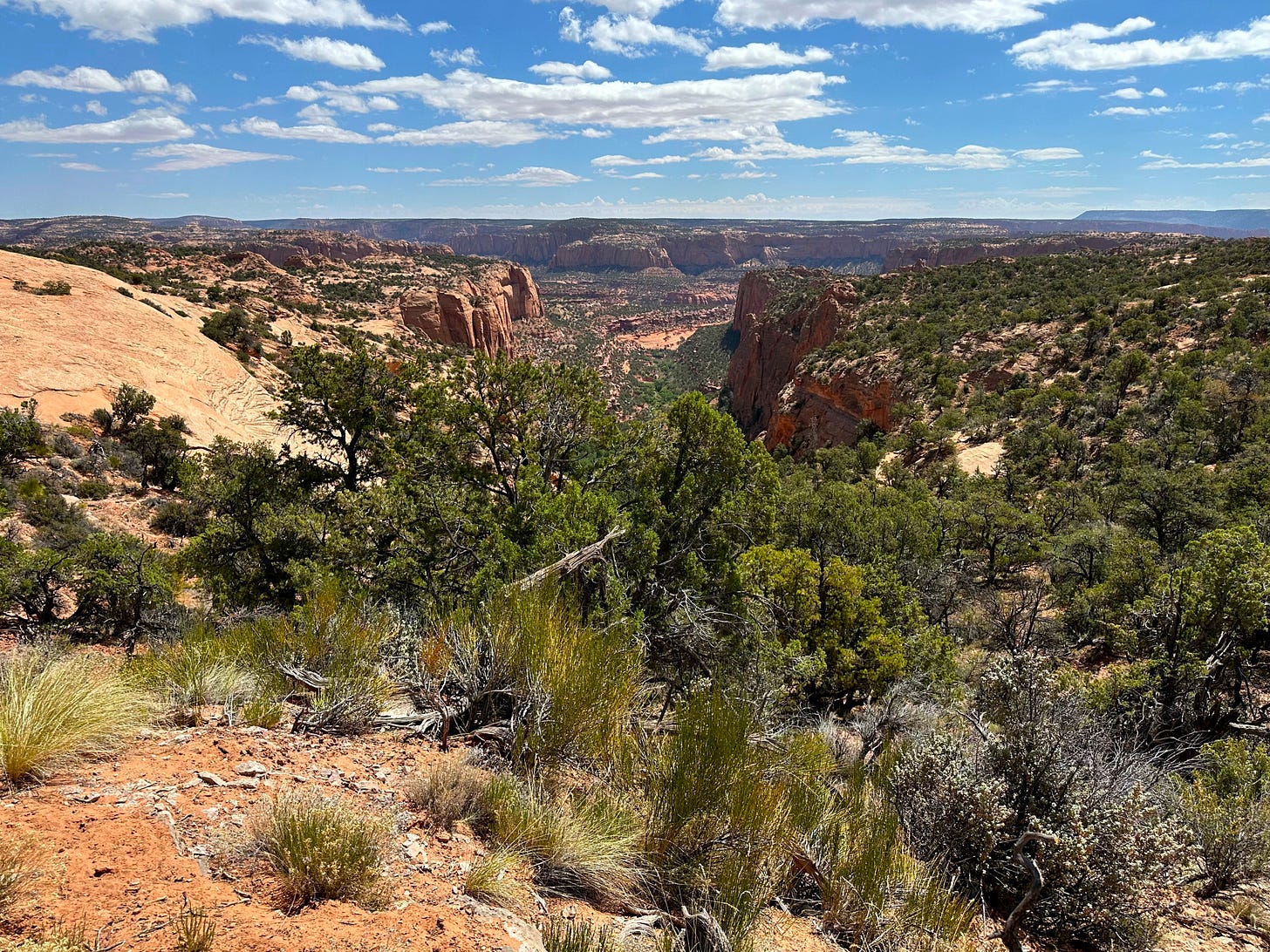
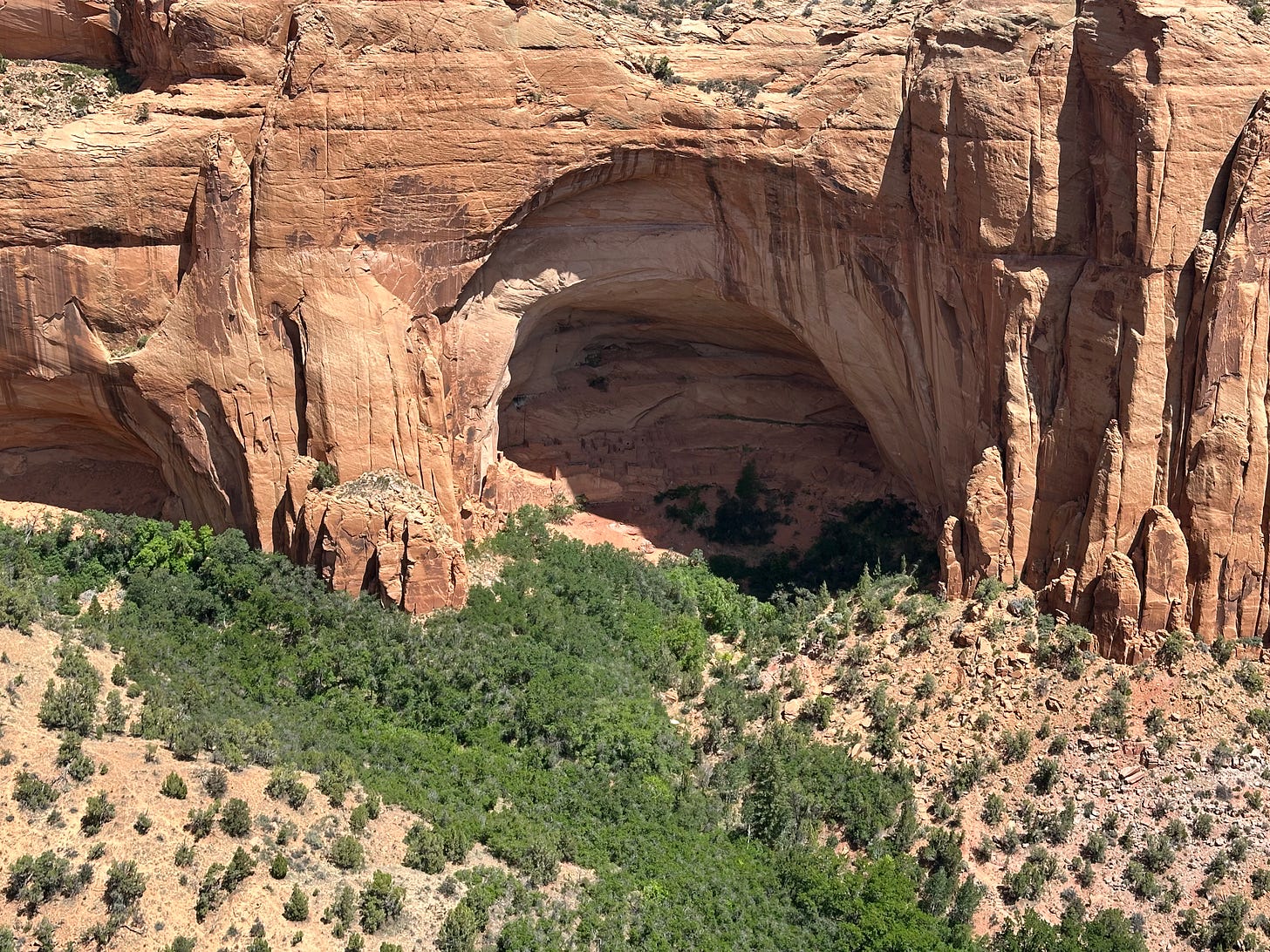
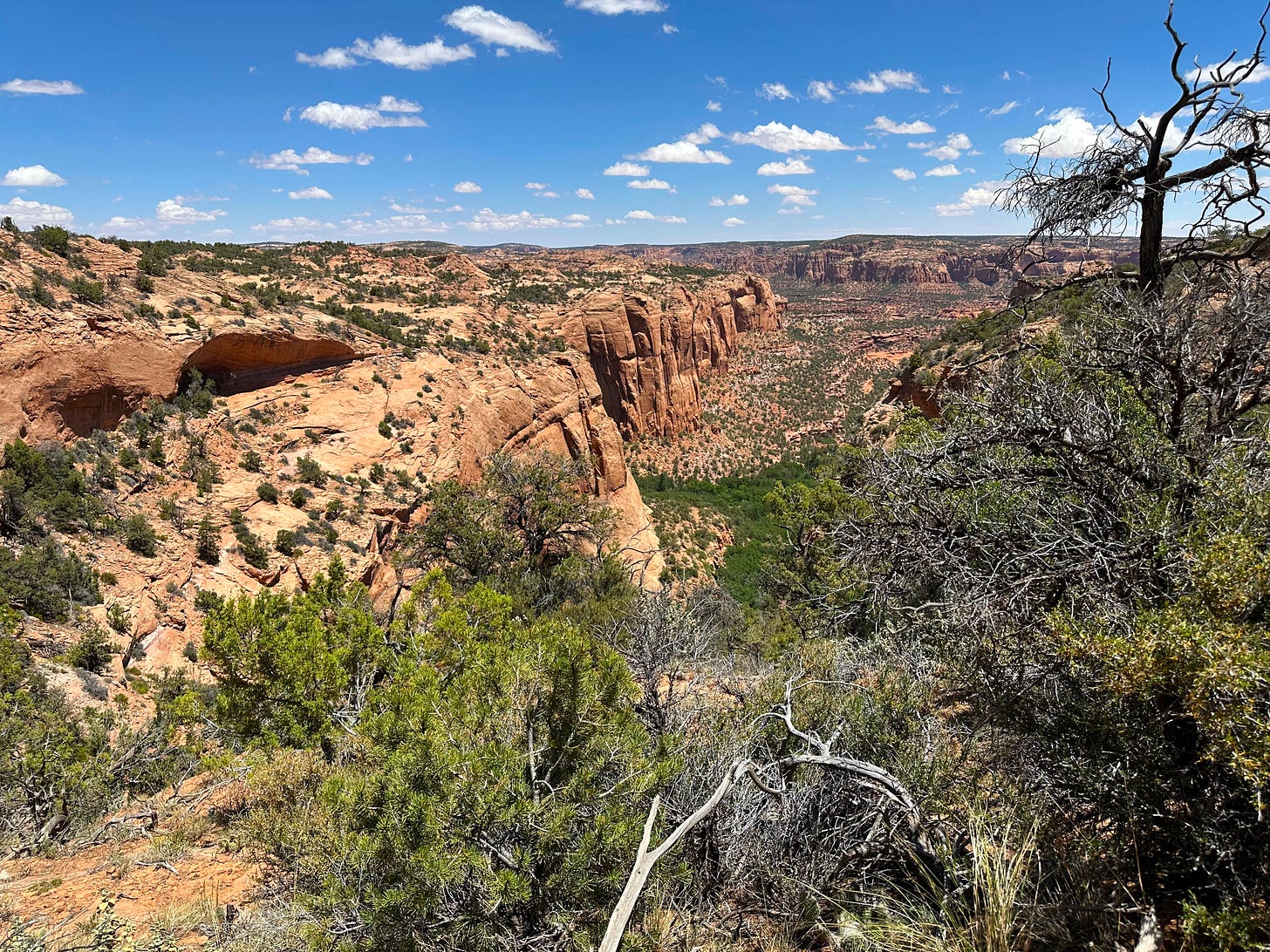

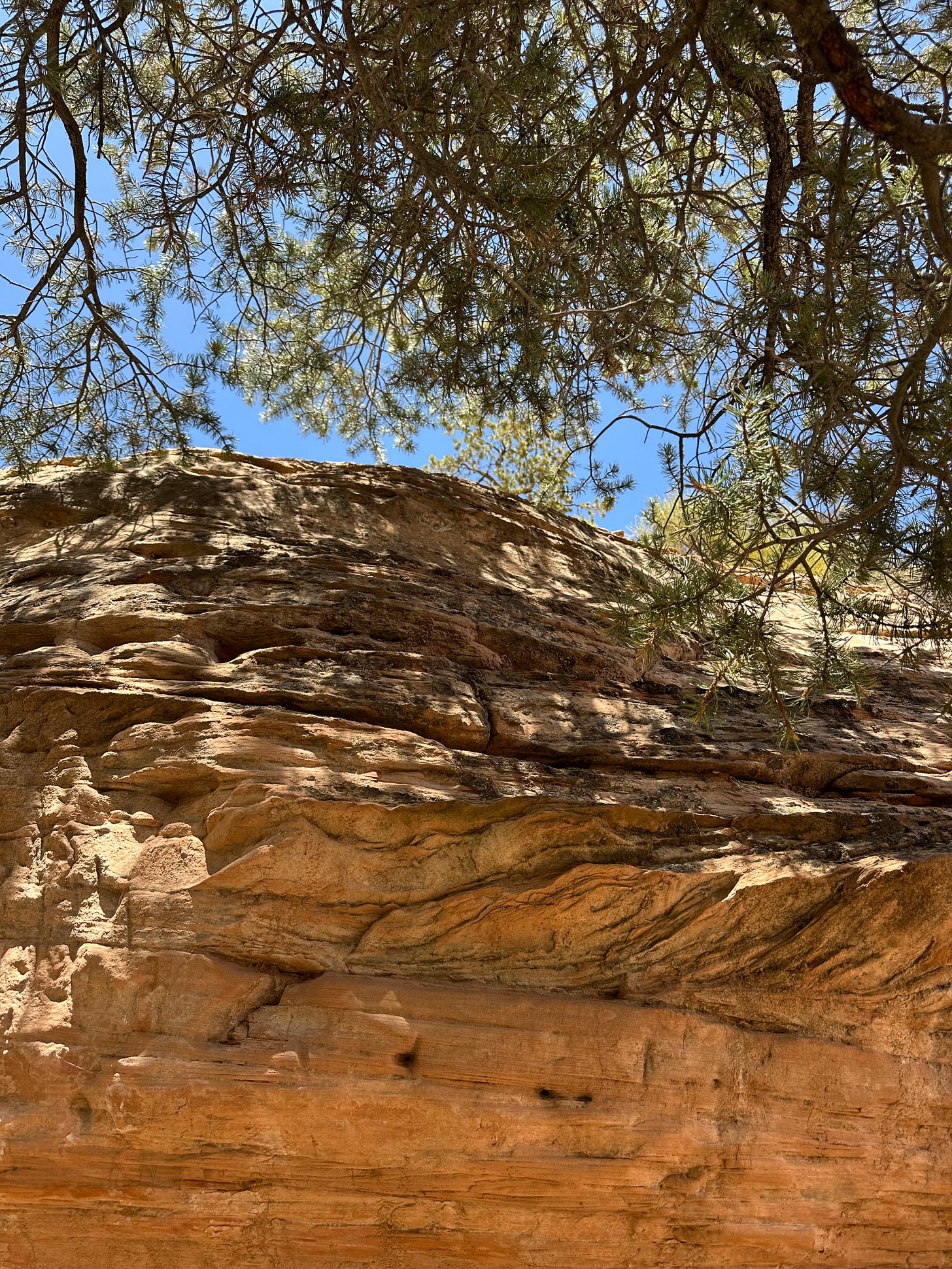
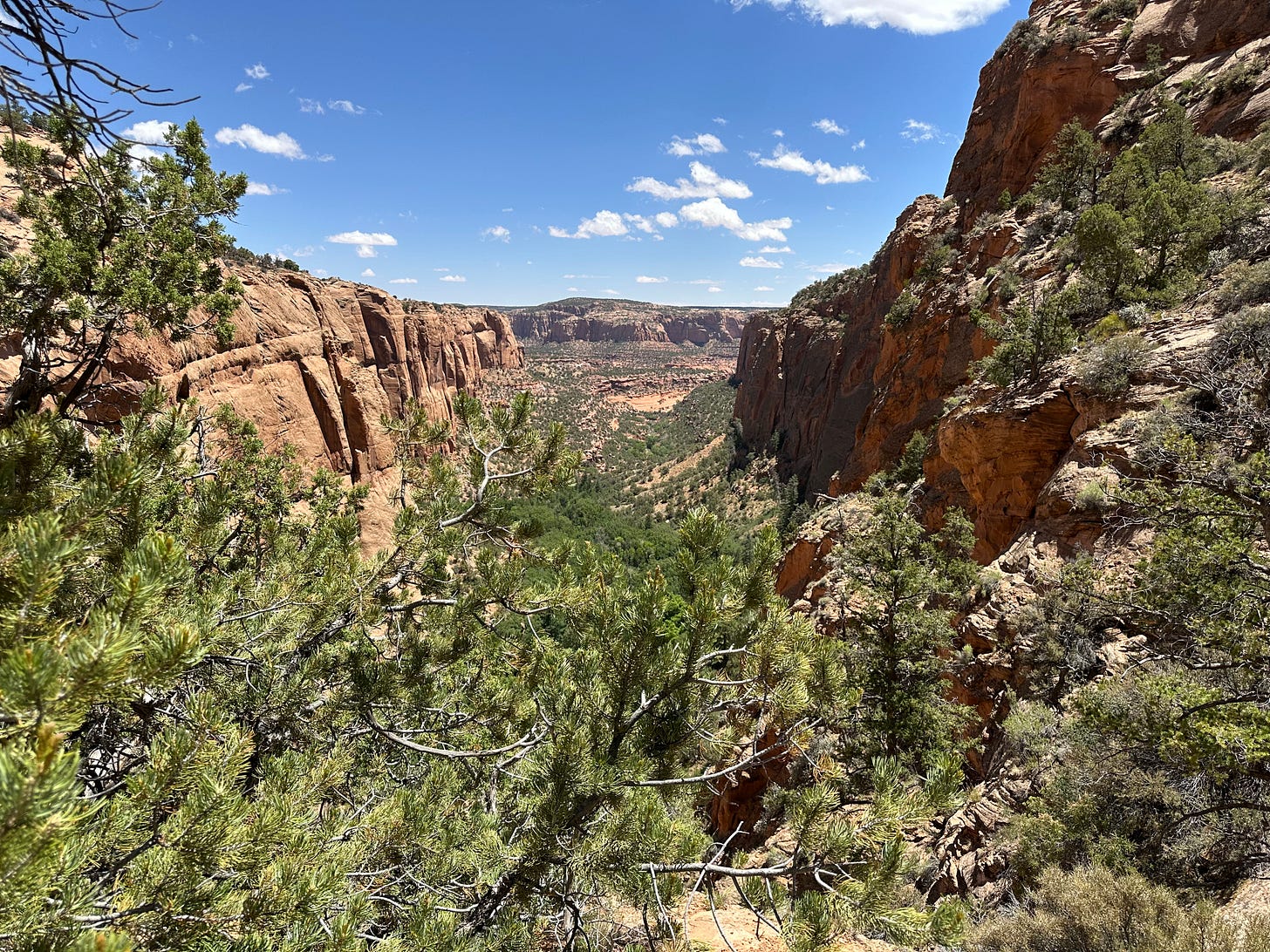




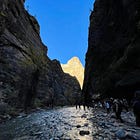

What a lovely sojourn, where black was the night, the days filled with birdsong and sightings, and flora and fauna and ancient histories to see and explore. Love that you were there for the meteor shower!
When I was young I backpacked a lot. We’d sleep under the stars. My friends always saw shooting stars and I’d always miss them. Much later, I was in Big Bear, CA in an area that rented cabins mostly in winter, near the ski slopes. I was the only person around in the summer and a bit worried about my safety. One day, I went on a canoe tour with a Parker ranger leading. He mentioned there would be a huge meteor shower that night. I went out at midnight, into the deep darkness. Holy tomole! What a show! An experience I’ll never forget!